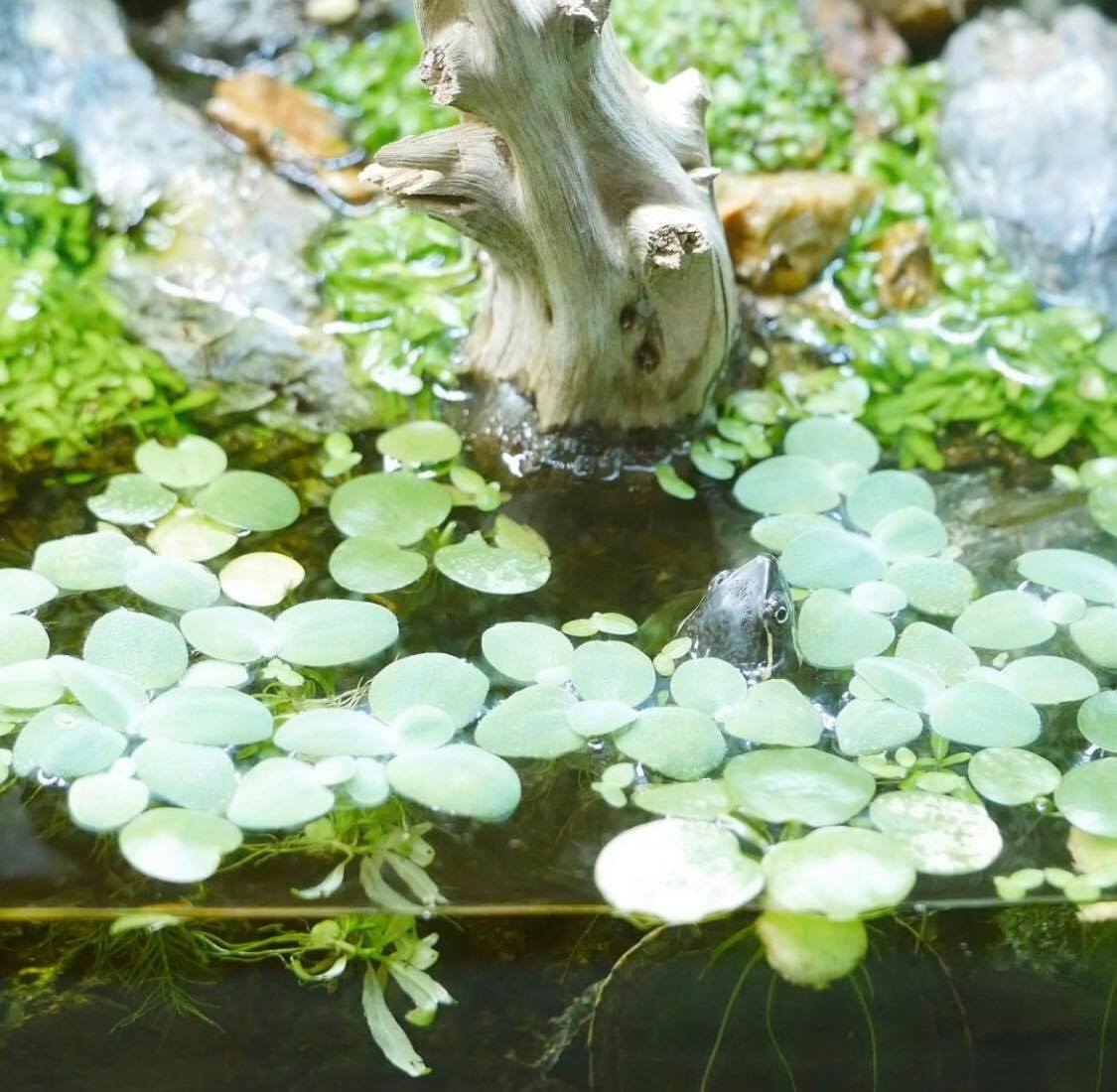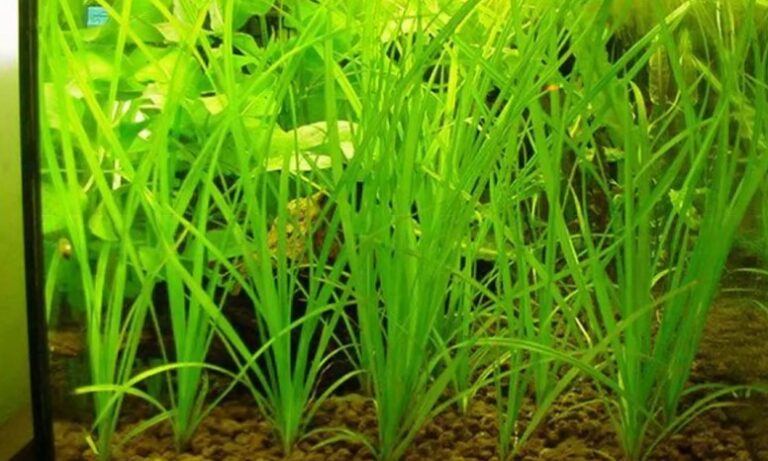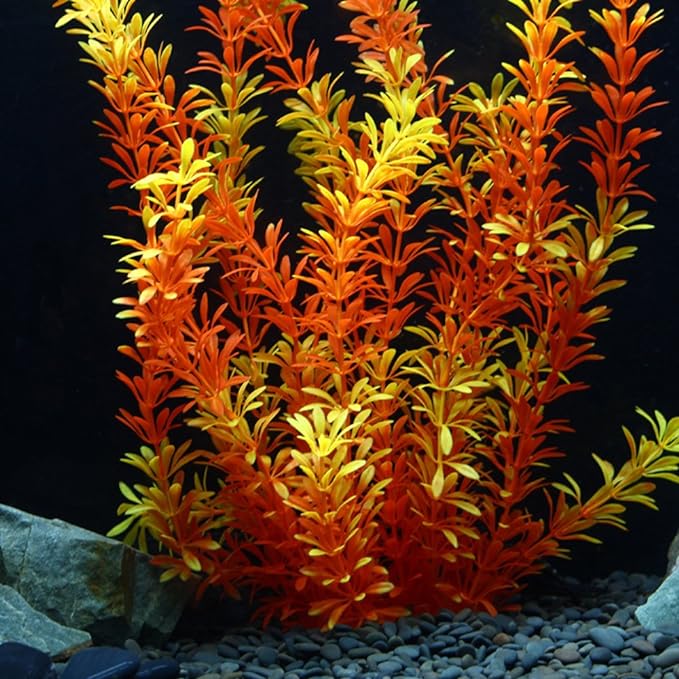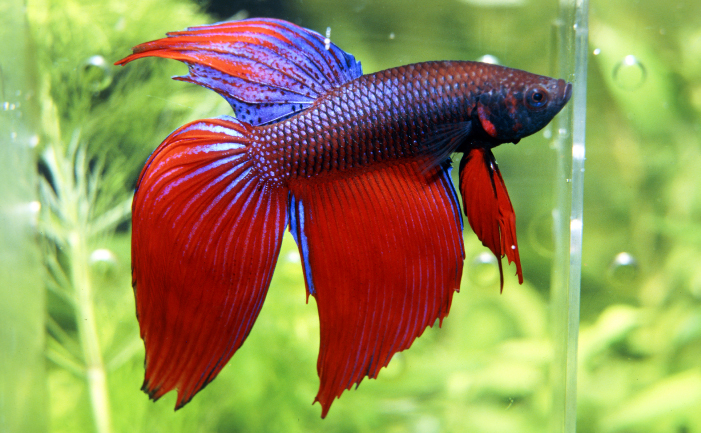Best Plants For Turtle Tank
Plants play a crucial role in creating a healthy and stimulating environment for your pet turtle. Not only do they provide visual appeal to the tank, but they also offer hiding places and natural filtration. But with so many options available, it can be overwhelming to choose the best plants for your turtle tank. In this article, we will explore some of the top plant choices that are suitable for turtle tanks, along with their benefits and considerations.
Anubias
Anubias is a popular choice among turtle owners due to its hardy nature and ability to thrive in a variety of water conditions. These plants have thick and durable leaves, making them resistant to the curious antics of turtles. Anubias can be easily attached to rocks or driftwood, creating a naturalistic look in the tank. They prefer low to medium lighting and are great for turtle tanks with partial shade.

Java Fern
Java Fern is another excellent option for turtle tanks. It features broad, leathery leaves that provide ample hiding spots for turtles. These plants are known for their resilience and adaptability to different water conditions. Java Fern can be tied to rocks or driftwood, or planted in the substrate. They prefer low to medium lighting and can tolerate slightly alkaline water.
Water Hyacinth
Water Hyacinth is a floating plant that can add a touch of beauty to your turtle tank. These plants have long, trailing roots that provide a safe haven for turtle hatchlings. Water Hyacinth also helps to oxygenate the water and remove excess nutrients, contributing to a healthy ecosystem. It thrives in bright light conditions and warmer water temperatures.
Amazon Sword
Amazon Sword is a popular choice among aquarists due to its lush and vibrant appearance. These plants have broad, sword-shaped leaves that can add depth and texture to your turtle tank. Amazon Sword requires nutrient-rich substrate and medium to bright lighting. It prefers slightly acidic to neutral water conditions.
Hornwort
Hornwort is an excellent option for turtle tanks as it provides ample hiding spots and helps to improve water quality. These plants have fine, feathery leaves that create a dense and bushy appearance. Hornwort is a fast grower and can help control algae growth by outcompeting them for nutrients. It can thrive in a wide range of water conditions and lighting intensity.
Moss Balls
Moss Balls, also known as Marimo balls, are not only visually appealing but also offer benefits to the turtle tank. These spherical algae colonies provide a natural filter by absorbing nitrates and helping to maintain water quality. Moss Balls are easy to care for and require low to medium lighting. They can be a fun addition to your turtle tank, providing enrichment and a place for turtles to play.
Caring for Plants in a Turtle Tank
While incorporating plants into your turtle tank can be beneficial, it’s essential to consider their specific care requirements. Here are some tips to ensure the health and longevity of your plants:
Choose the right lighting:
Different plants have varying lighting requirements. Consider the light intensity and spectrum needed for your chosen plants and adjust your tank lighting accordingly. Turtles also require UVB lighting, so make sure to provide a proper balance of lighting for both your turtles and plants.
Provide the right substrate:
Certain plants, such as Amazon Sword, require nutrient-rich substrate to thrive. Consider adding an appropriate substrate that can provide essential nutrients to your plants. Research the specific substrate requirements of your chosen plants and make adjustments accordingly.
Monitor water parameters:
Regularly check the water parameters, including temperature, pH, and nitrate levels. Some plants may prefer slightly acidic water, while others may thrive in alkaline conditions. Monitoring water parameters will help you make necessary adjustments to maintain an optimal environment for your plants.
Trim and maintain the plants:
Regularly trim the plants to remove any dead or decaying leaves. This will prevent the build-up of excess organic matter, which can lead to water quality issues. Additionally, proper maintenance, such as pruning and fertilizing, will help your plants grow and thrive.
Frequently Asked Questions
Q: Can I use artificial plants in a turtle tank?
A: While artificial plants can be visually appealing and low maintenance, live plants offer additional benefits such as natural filtration and enrichment for your turtles. It is recommended to incorporate live plants into your turtle tank for a more natural and stimulating environment.
Q: What if my turtle eats the plants?
A: Some turtles may nibble on plants, especially if they are hungry or bored. It’s important to provide a balanced diet for your turtles to discourage excessive plant consumption. If your turtle frequently eats the plants, you can try adding more leafy greens and protein-rich foods to their diet.
Q: Can I use pesticides or fertilizers on my turtle tank plants?
A: It is crucial to avoid using pesticides or fertilizers that contain harmful chemicals in your turtle tank. These can be toxic to your turtles and disrupt the delicate balance of the ecosystem. Instead, opt for turtle-safe plant fertilizers or natural alternatives to ensure the health and safety of your pets.
Q: How often should I replace the plants in my turtle tank?
A: With proper care, many plants can thrive in a turtle tank for an extended period. However, some plants may need to be replaced if they become overgrown or start to deteriorate. Regularly monitor the condition of your plants and replace them as needed to maintain a healthy and aesthetically pleasing tank.
Final Thoughts
Incorporating live plants into your turtle tank can greatly enhance the overall aesthetic appeal and provide numerous benefits for your turtles. From Anubias to Java Fern, there are various plant options available that can thrive in turtle tank conditions. Remember to consider the specific care requirements of each plant, such as lighting, substrate, and water parameters. With proper maintenance and care, you can create a vibrant and naturalistic habitat for your pet turtles. So go ahead, green up your turtle tank and give your turtles a piece of nature to enjoy!





